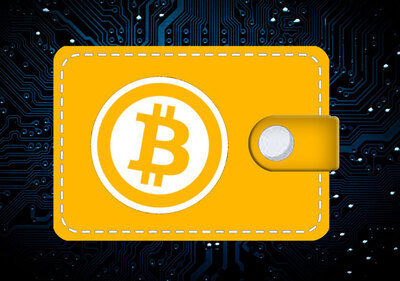
Navigating the Crypto Universe: A Comprehensive Guide to Crypto Wallets for Beginners
Embarking on your journey in the cryptocurrency world involves understanding the crucial role of crypto wallets. A crypto wallet is an essential tool for managing, storing, and securing your digital assets. This guide breaks down the complexities of crypto wallets, equipping beginners with the knowledge needed to choose, set up, and efficiently use a crypto wallet.
What is a Crypto Wallet?
A crypto wallet is a digital wallet that allows you to store, send, and receive cryptocurrencies like Bitcoin, Ethereum, and more. It functions akin to a bank account, with a unique ‘address’ that others can use to send you cryptocurrencies. Most importantly, it’s safeguarded by private keys, a set of cryptographic codes that only you should know and gives you secure access to your digital assets.
How to Choose the Right Crypto Wallet
There are various types of crypto wallets – hardware, software, and web-based, each with its own pros and cons.
- Security: Hardware wallets offer the highest security since they store your private keys offline, reducing the risk of cyber theft.
- Ease of Use: Software wallets, which include desktop, mobile, and online wallets, provide convenience and are ideal for daily transactions.
- Anonymity: If privacy is your main concern, consider wallets that prioritize anonymity features.
- Coin Support: Ensure the wallet supports the cryptocurrencies you wish to trade or hold.
- User Experience: For beginners, an intuitive and easy-to-navigate interface can make all the difference.
How to Do Basic Setup of Your Crypto Wallet
Setting up a wallet varies based on its type, but generally involves:
- Download/Install: Download and install the wallet software on your device or register for an online wallet.
- Create a New Wallet: Follow the instructions to create a new wallet.
- Secure Your Wallet: Create a strong password and backup your wallet if possible.
- Take Note of Your Private Keys: Write down your private keys and store them securely.
- Receive Your Address: Once set up, the wallet will provide an address you can use to receive funds.

How to Use Your Crypto Wallet
Primarily, you will use your wallet to send, receive, and manage your digital assets.
- Receiving Cryptocurrencies: To receive funds, provide the sender with your wallet address.
- Sending Cryptocurrencies: To send funds, you will need the recipient’s wallet address.
- Checking Your Balance: Your wallet interface will display your current balance for each cryptocurrency it supports.
Common Errors and Troubleshooting
Familiarizing yourself with common errors can prevent future hitches. Here are some typical issues and their solutions:
- Transaction not found: Blockchain networks can get congested. If your transaction is not showing up, it may still be in the memory pool waiting to be confirmed.
- Lost private keys: If you lose your private keys, you lose access to your wallet. This underscores the importance of securely storing your keys.
- Sent to wrong address: Transactions on the blockchain are irreversible. Always double-check the address before making any transaction.
- Wallet won’t sync: Ensure your wallet software is up-to-date and check your internet connection.
Crypto wallets are the key to unlocking your journey in the world of digital currencies. Understanding their operation equips you with the necessary tools to navigate the crypto landscape confidently. Remember, your digital assets’ safety lies in your hands, so always prioritize security, especially regarding your private keys.
